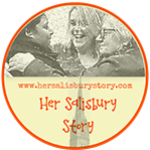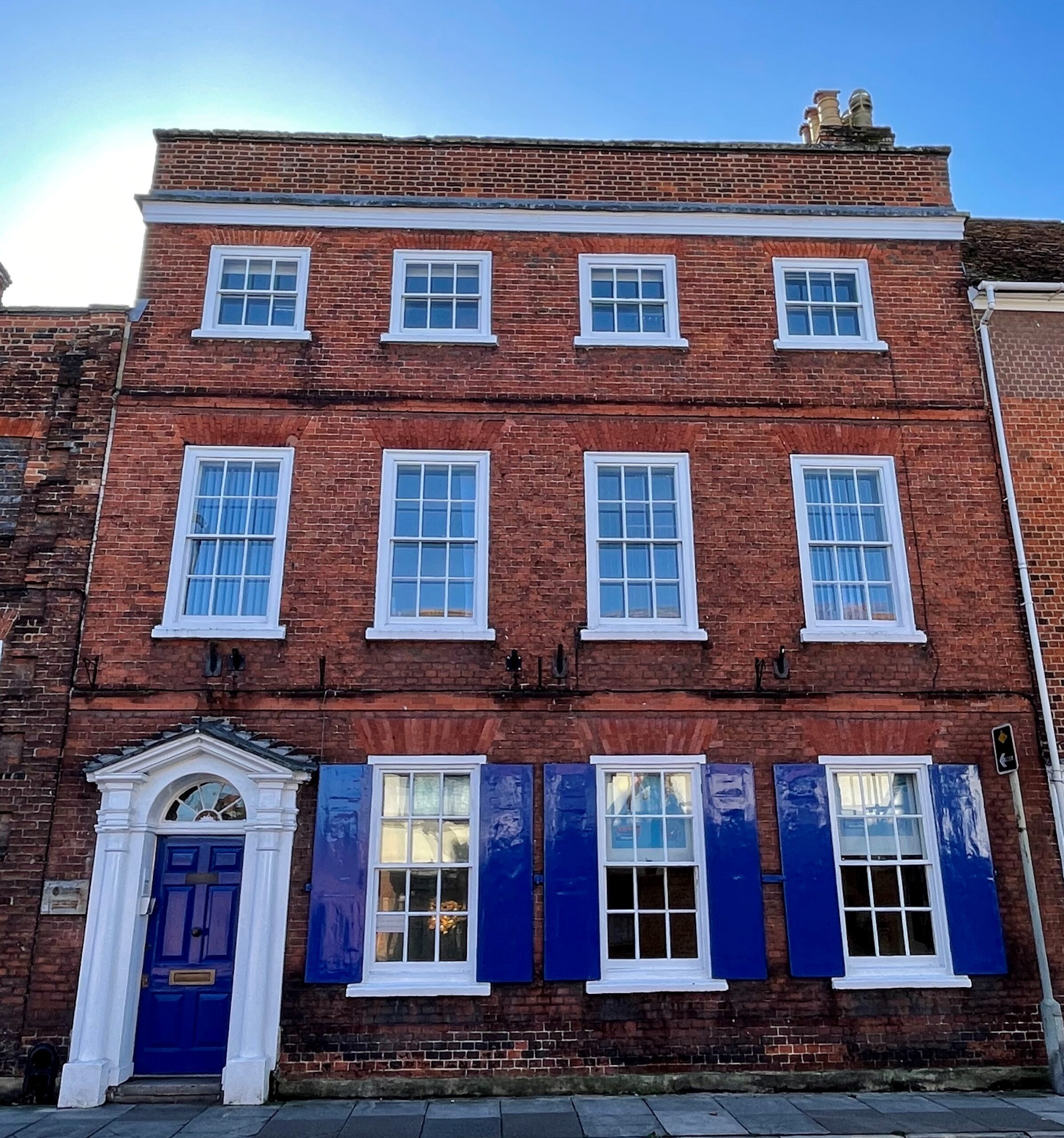Charlotte Tinney, (1788-1873) a gentlewoman and proprietor of houses, was a prominent philanthropist in nineteenth century Salisbury.
She was born Charlotte Tayler in 1788 in Charlton, Middlesex. Her personal life was one of tragedy. She married twice, the first time in 1814 to Arthur Stert May, the Rector of St Mary’s Church, Odstock, but he died three years later. In 1822 she married John Pern Tinney, a solicitor, author and one-time mayor of Salisbury [i]. Tinney’s Firs, an area of woodland by the village of Woodfalls, was bought by John to celebrate their marriage and planted with Douglas Firs[ii].
The Tinneys lived in St Ann Street, Salisbury and had one child, also called Charlotte, whose life was cut short in 1829 at the age of 1 year and 8 months. Just three years later John died. Charlotte lived as a widow, in St Ann Street for the rest of her life.
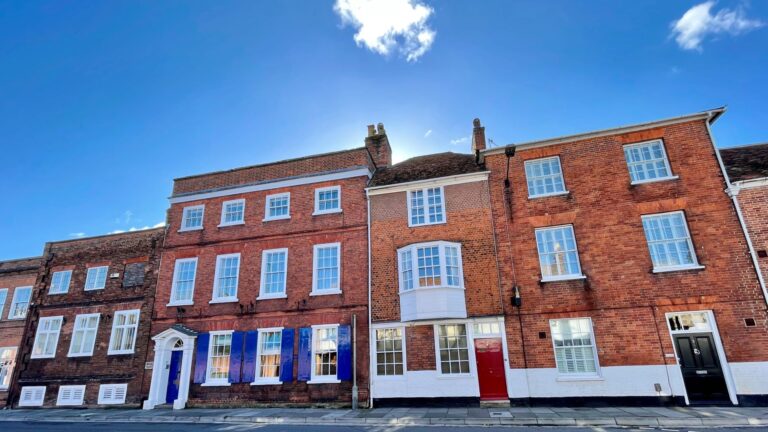
Charlotte was now a lady of independent means. As the owner of a number of freehold and leasehold properties in Salisbury, she had the freedom to make her own decisions as to how to spend her money. Philanthropy in nineteenth century England was often seen as a Christian duty. From the diverse recipients of Charlotte’s charitable giving, we get a glimpse of her religious beliefs and social conscience. For example, Charlotte made regular subscriptions to the church and the livings of various reverends, as well as frequent charitable donations, e.g. to Salisbury Infirmary and African missions[iii], and to those who were poor and disabled. She also donated money in response to humanitarian disasters such as the 1869 West Indian Hurricane, and a colliery explosion.
Her philanthropy did not end with her death. In her will she left numerous legacies: to the British and Foreign Bible Society, the Infirmary, the Church of Missionaries and her beloved clergymen.
Her religiosity is epitomised in her bequest for a Scripture Reader[iv] for Salisbury.
Charlotte was buried in 1873 in the family vault at St Martin Church Yard beside her husband and daughter. An inscribed marble tablet (right) commemorating the family can be seen on the South wall of the church chancel. (Photograph of Tinney memorial plaque by Helen Ryan.)
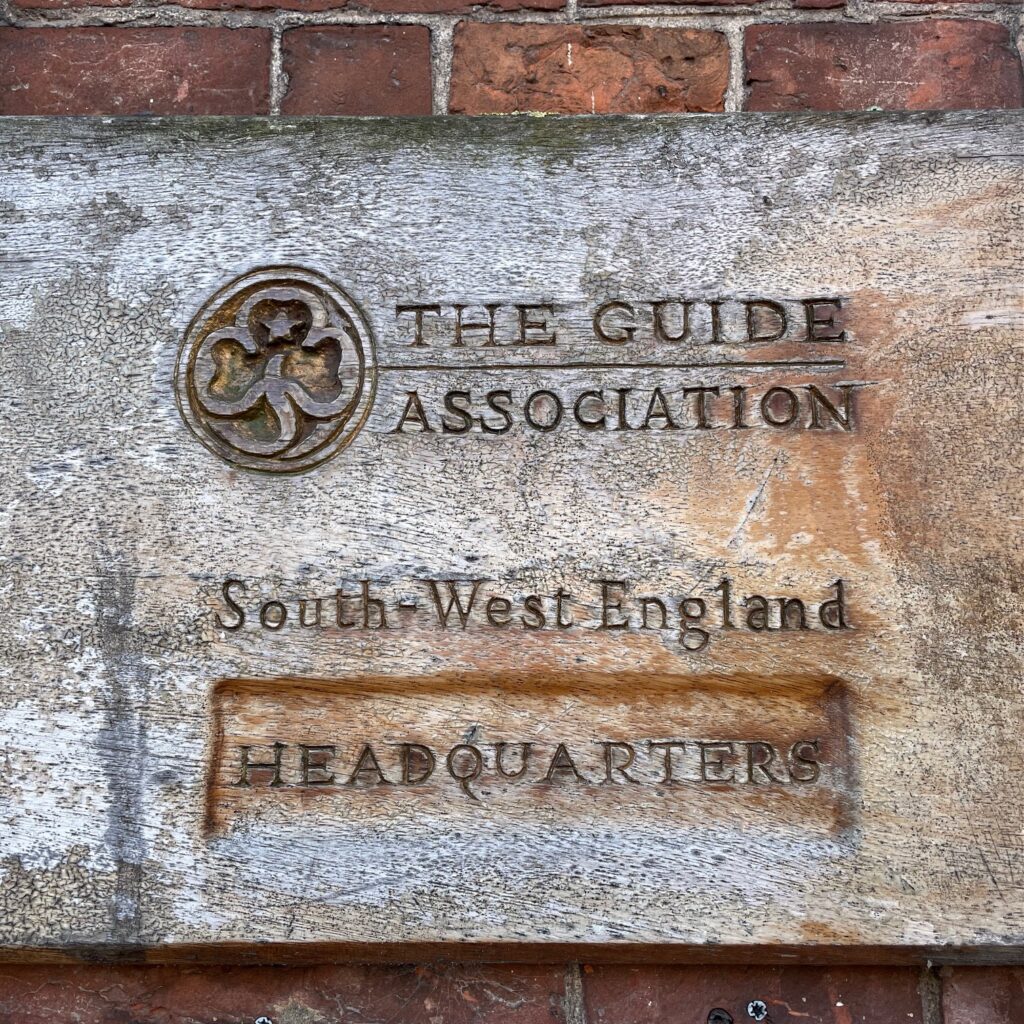
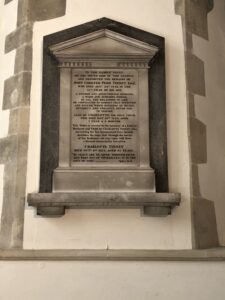
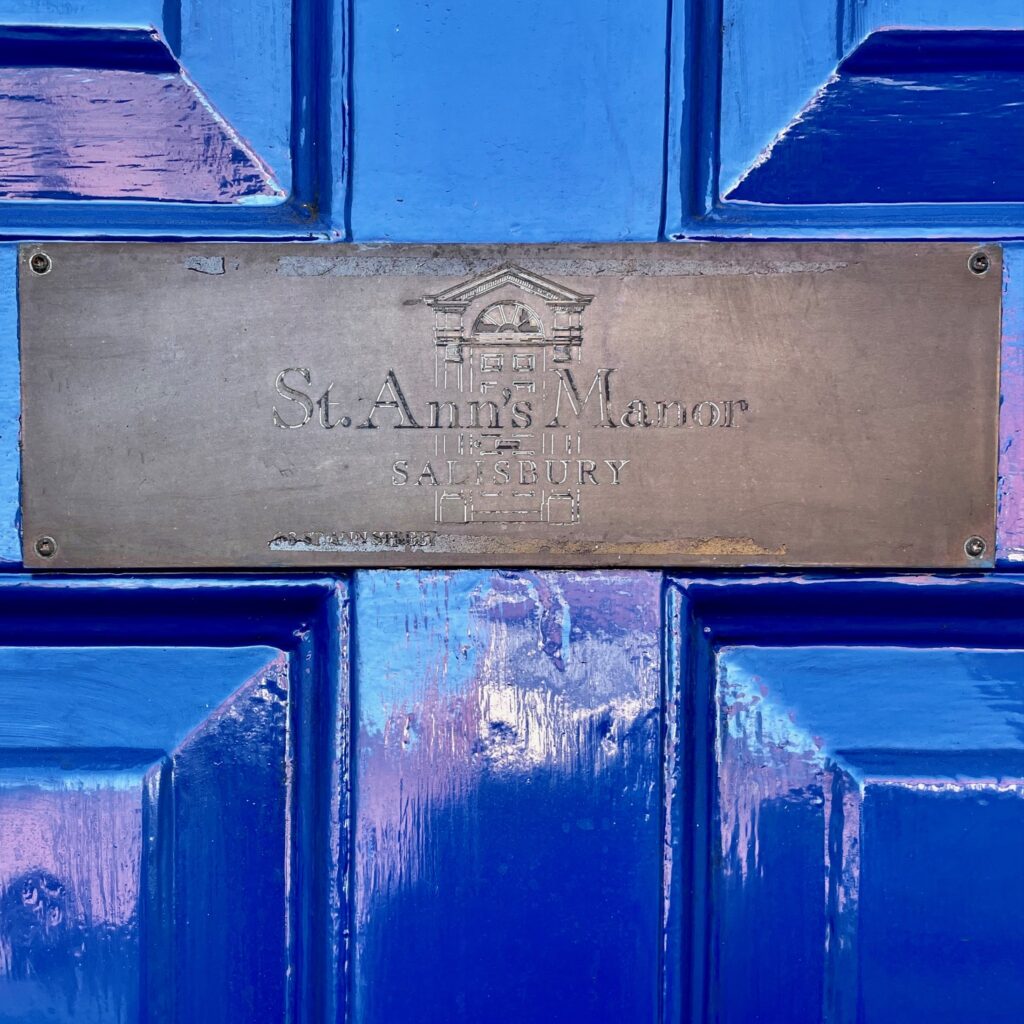
Written and researched by Helen Ryan. Notes by S.Ali. Photos by Susan Brain.
Sources
Ancestry.co.uk: Sources including:
All Surrey, England, Church of England Burials 1813-1997
England, Select Marriages, 1538-1973.
England and Wales National Probate Calendar 1873
England and Wales National Probate Calendar (Index of Wills and Administrations), 1858-1995.
Wiltshire, England, Church of England Marriages and Banns, 1754-1916.
British History Online, St Ann’s Street. Available at: https://www.british-history.ac.uk/rchme/salisbury/pp122-129
Census, St Martin’s Parish, Salisbury, 1841, 1851, 1861. Available at Wiltshire OPC and Ancestry
https://www.wiltshire-opc.org.uk/Items/Milford/Milford%20-%20Census%201841%20(St.%20Martin).pdf
https://www.wiltshire-opc.org.uk/Items/Milford/Milford%20-%20Census%201851%20(St.%20Martin).pdf
Clergy of the Church of England Database: Location: Parish (Church) : Odstock. Available at: https://theclergydatabase.org.uk/jsp/locations/index.jsp?locKey=1856
Howells, Elizabeth Jane, 2007, Independent Women in public life in Salisbury in the second half of the nineteenth century. [Thesis]. Available at: http://research.gold.ac.uk/id/eprint/28975/
West Sussex County Council Record Office: Reference numbers:
776/395-416
451/192
Notes
[i] A painting by Constable, Stratford Mill 1820, was gifted to John Tinney. Source – National Gallery.
[ii] Tinney’s Firs is 9 miles away from Salisbury and is owned by the Woodland Trust. It is designated as a Special Landscape Area. https://www.woodlandtrust.org.uk/visiting-woods/woods/tinneys-firs/
[iii] It is important to understand the history of Church missions in Africa and other countries worldwide, their impact on indigenous communities, and the links between Church missionary activity and European colonial powers such as the British Empire. We encourage readers to do further reading on this history.
[iv] A Scripture Reader is a person who reads aloud passages from scripture to individuals in their homes or institutions. Adapted from Lexico.com.
